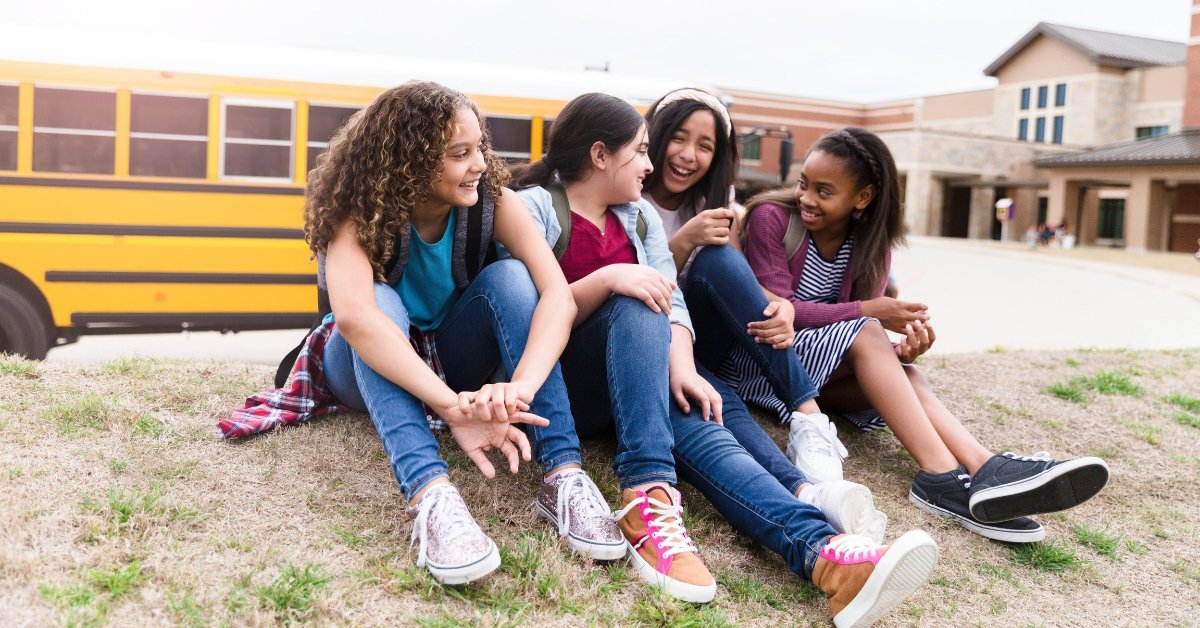Explore the surprising shifts in U.S. public school enrollment, the rise of homeschooling and charter schools, and the challenges ahead.
Table of Contents
In the bustling post-war era of the United States, public school classrooms were teeming with bright-eyed students eager to soak up knowledge (or at least to pass notes without getting caught).
Enrollment numbers were on a steady incline, reflecting the booming population.
Fast forward to today, and the story has taken a somewhat surprising twist.
The numbers that once rose like a rocket have started to take a nosedive. So, what is going on in the world of U.S. public schools?
Once Upon a Time: The Golden Age of School Enrollment
Picture this: It is the mid-20th century, and American public schools are like overstuffed backpacks—bursting at the seams.
From the 1950s to the 1980s, public school enrollment nearly doubled.
The halls were alive with kids chatting, lockers slamming, and teachers doing their best to keep order.
This was the golden age of public education, where growth was as steady as a metronome ticking at a comfortable pace.
However, as the 90s rolled in, the rhythm changed.
By the late 1990s, the growth rate began to slow down noticeably.
Instead of marching forward at a confident 2% per year, it crept along at a meager 0.5%.
Despite this slowdown, the numbers peaked in 2019 at 50.8 million students.
However, like all good stories, there was a plot twist just around the corner.
The Pandemic Plot Twist: Where Did All the Kids Go?
Enter 2020, a year that needs no introduction.
The pandemic hit, and suddenly, the bustling classrooms became eerily quiet.
Parents across the country made the difficult decision to pull about 1.5 million children out of public schools.
Many assumed this would be temporary until things got back to normal.
However, as it turns out, normal had changed its address and left no forwarding information.
The National Center for Education Statistics (NCES) now predicts that public school enrollment will drop to just under 47 million by the end of this decade.
If you are keeping a score, that is a significant decrease.
Moreover, here is the kicker: these official numbers include charter schools, which have grown like weeds in a garden, from 1 million students to nearly 5 million over the last 20 years.
If you subtract those charter school students, the real story reveals that traditional public school enrollment peaked in 2012 and has since slipped by 5%.
Why the Decline? A Tale of Babies, Homeschooling, and Charter Schools
So, why are public schools seeing this decline?
There are a few main characters in this story, each playing their part in this educational drama.
1. Fewer Babies, Fewer Students
The first and perhaps most significant factor is that fewer babies are being born. Women in the U.S. (and worldwide) have fewer children.
The current fertility rate has dropped to 1.76 children per woman, well below the 2.1 needed to stabilize the population.
With fewer kids being born, it is no surprise that fewer students fill the desks.
Today, the number of school-age children is 63.7 million, slightly more than in 2010.
Moreover, the U.S. Census Bureau predicts this number will shrink by 6% to 59.9 million by 2050.
In simple terms, we are looking at a future with fewer kids in school, period.
2. The Rise of Homeschooling: Schooling in P.J.s
Another significant trend is the rapid growth of homeschooling.
Over the past two decades, homeschooling has gone from a niche choice to a mainstream movement.
The number of homeschooled children has tripled from one million to three million, increasing the percentage of homeschooled students from 2% to 5%.
This rise is partly due to the increased organization around homeschooling, including extracurricular activities like sports, which used to be a significant barrier.
Now, homeschoolers can join soccer teams, drama clubs, and even science fairs, making homeschooling an even more attractive option for parents.
3. Charter Schools: The New Kids on the Block
Charter schools have also played a significant role in declining traditional public school enrollment.
These schools offer an alternative to the public system, often with specialized curriculums or unique teaching methods.
With nearly 5 million students now attending charter schools, these institutions have captured a significant share of the student population that might have otherwise attended traditional public schools.
They are like the excellent new café that opened down the street, drawing customers away from the trusty old diner.
The Unexpected Impact on Private and Parochial Schools
Here is where the story takes another exciting turn: while traditional public schools are losing students, private and parochial schools have been hit even harder.
Private schools would likely pick up the slack as public school enrollment drops. However, no-parochial school enrollment has plummeted by 40%, and private schools have seen a 25% decline.
It seems that the rise of charter schools and homeschooling has not only siphoned students from public schools but also significantly damaged these private institutions.
They find themselves in the same boat, struggling to keep their numbers up as families seek new educational paths.
What is Next? The Future of U.S. Public Schools
So, what does the future hold for U.S. public schools?
If current trends continue, we may never see public school enrollment numbers as high as 2019.
With a declining number of school-age children and the continued popularity of homeschooling and charter schools, traditional public schools must adapt to this new educational landscape.
This might mean rethinking how they engage with communities, compete with alternative education models, and innovate to meet the needs of a changing student population.
Ultimately, the story of U.S. public school enrollment is one of change and adaptation.
The old models no longer apply, and schools will need fresh thinking and bold strategies to ensure every child receives the education they deserve.
It is a new chapter in the history of American education, and only time will tell how the story will unfold.





